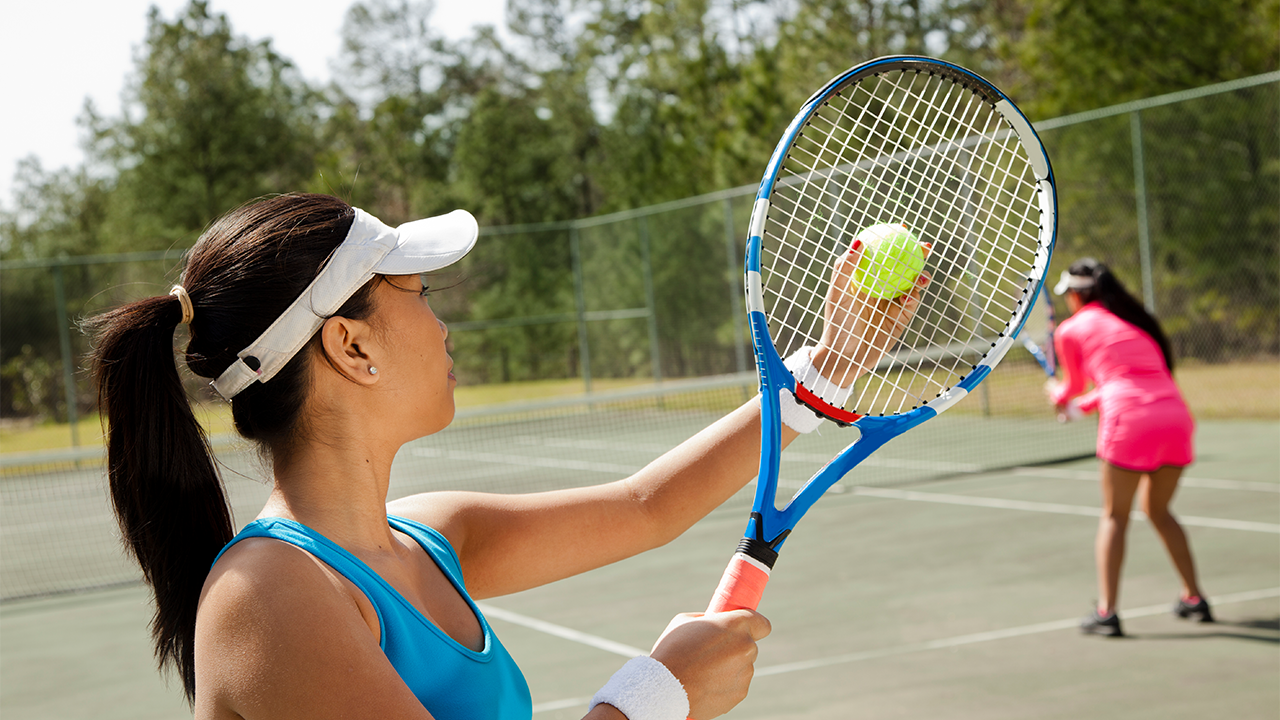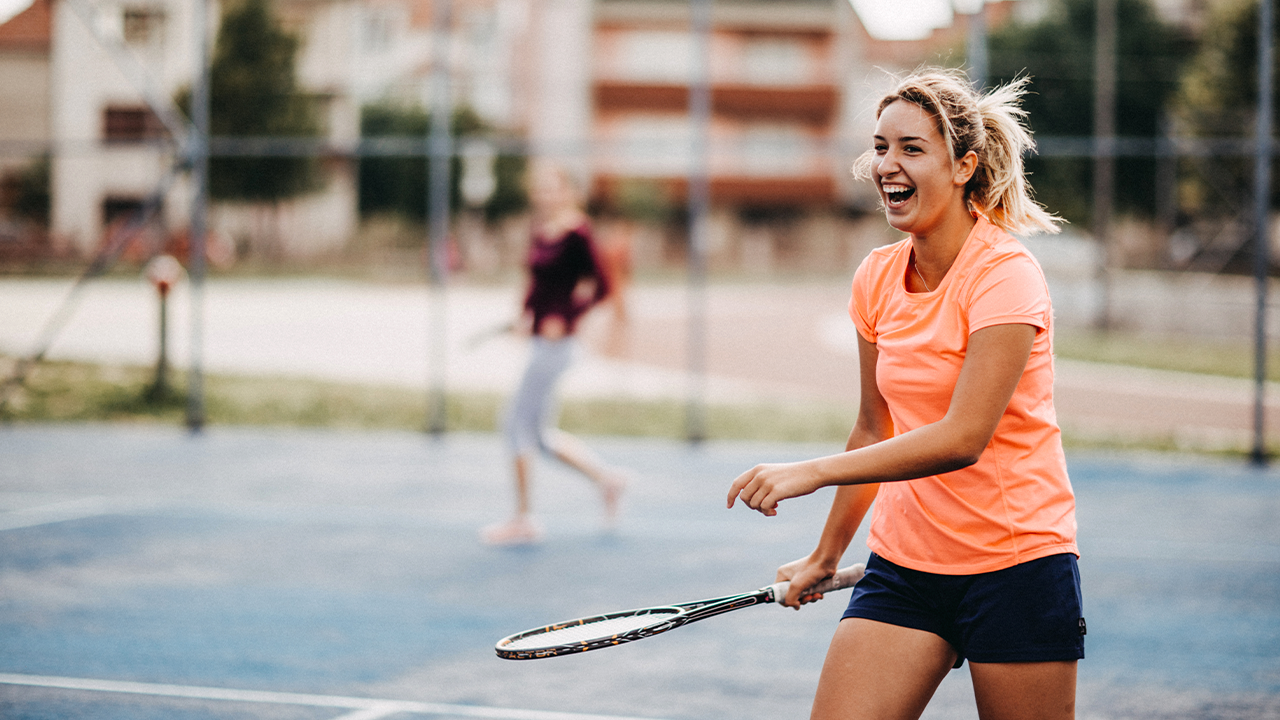Cincinnati loves its tennis. The present-day Western & Southern Open dates to 1899, making it the nation’s oldest tennis tournament still held played in its original city.
The tournament always dazzles, bringing the world’s top players to the Lindner Family Tennis Center in the city of Mason, Ohio, for fast-paced action on the hardcourt. UC Health is proud to serve as the Western & Southern Open's official medical services, healthcare and sports medicine provider for the athletes and fans.
Many fans already know that learning how to play competitive tennis offers plenty of health benefits, no matter your skill level. If you’ve been on the fence about taking up the racquet yourself, we’ve got plenty of reasons that might convince you to step onto the court.
“Tennis is great aerobic exercise with a social component where you can play with friends and meet new people,” says Michael Donaworth, MD, UC Health primary care sports medicine physician and assistant professor in the Department of Orthopaedics and Sports Medicine at the University of Cincinnati College of Medicine. Dr. Donaworth also serves as the co-medical director of the Western & Southern Open.
“It’s a lifelong sport that you can play at any age and find a competitor of similar age and skill level,” Dr. Donaworth says. “Tennis is a worldwide sport, so no matter where you are, you can likely find someone who plays.”
As good as tennis is for your health, it can also be easy on your wallet. Many local parks, apartment complexes and housing developments feature free, well-maintained courts. For solo practice, all you need is a wall and a surface you can safely bounce from.
And while professional-grade tennis racquets can be very expensive, there are plenty of lower-cost options perfect for beginners. The United States Tennis Association (USTA) says a 27-inch racquet will meet the needs of most adult players regardless of skill level. You might find some bargains at local sports equipment reuse stores or a yard sale.

